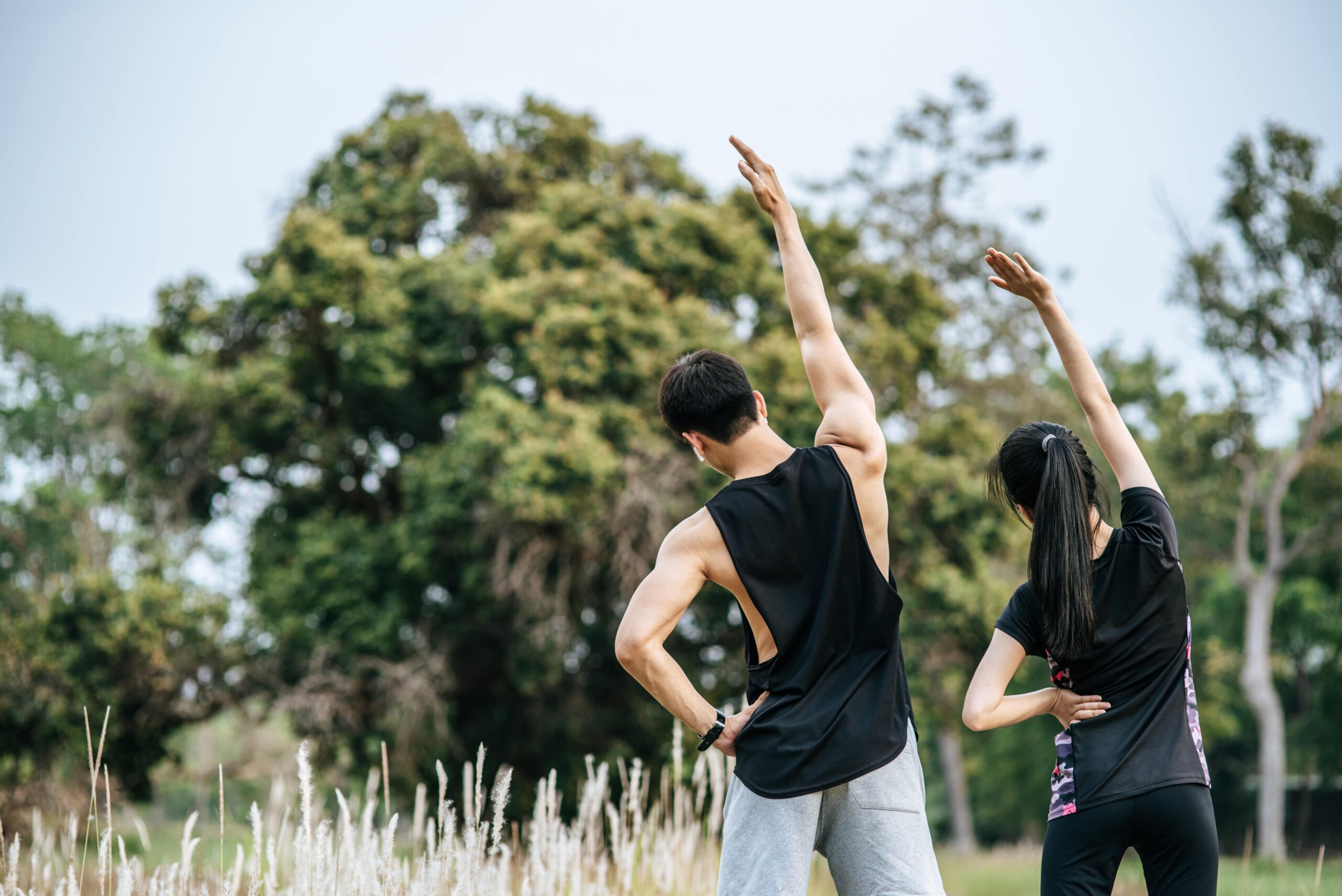Introduction
Health experts often say that fitness is built from the ground up, just like a pyramid. At the base are the activities that form the foundation of a healthy life. The question many students, athletes, and even adults ask is: where on the physical activity pyramid do lifestyle activities belong?
The answer reveals why everyday choices matter more than most people think. You don’t need to run a marathon or spend hours at the gym to improve your well-being. Simple activities like walking the dog, taking the stairs, or doing house chores already count. Understanding where these activities sit on the pyramid can motivate you to move more and feel stronger every day.
What Is the Physical Activity Pyramid?
The physical activity pyramid is a visual tool designed to guide individuals toward a balanced approach to movement. Similar to the food pyramid that shows how much of each food group to eat, this model illustrates how different exercises should fit into your routine.
It is typically divided into four primary levels:
- Base Level – Lifestyle Activities
- Second Level – Aerobic and Active Sports
- Third Level – Flexibility and Strength Training
- Top Level – Limited Sedentary Behaviours
The design shows that the activities at the bottom should be done most often, while those near the top should be limited.
Where Do Lifestyle Activities Belong?
Lifestyle activities belong at the base of the physical activity pyramid. They form the largest and most important level because they can be performed daily without special equipment or training. These are simple, moderate-intensity actions that naturally fit into routines.
Examples include:
- Walking to class or work.
- Taking the stairs instead of the elevators.
- Gardening, yard work, or household chores.
- Playing casual games with family or friends.
- Carrying groceries or light loads.
Because these activities are easy and accessible, they create the foundation for long-term fitness and prevent health problems related to inactivity.
Why Lifestyle Activities Matter
The importance of lifestyle activities is often underestimated. People chase intense workouts but ignore the power of simple movement. Research indicates that just 30 minutes of daily physical activity can reduce the risk of heart disease by up to 40%. That is a life-changing number.
These activities matter because they:
- Keep the body active throughout the day.
- Prevent excessive sitting, which is linked to chronic illnesses.
- Help maintain a healthy weight.
- Boost mood and reduce stress.
- Build habits that last a lifetime.
The Psychology Behind Daily Movement
One powerful trigger that encourages lifestyle activity is emotion. People are more likely to walk outside when they know it will reduce stress or brighten their mood. Parents play with children not just for fitness but for joy and bonding. Students walk across campus because it saves money and time.
These small choices, when repeated, create long-term change. They work because they are natural, enjoyable, and require little discipline compared to structured workouts.
Comparing Lifestyle Activities to Exercise
It’s easy to confuse lifestyle activities with exercise. The key difference lies in intensity and structure:
- Lifestyle Activities: Low to moderate intensity, part of daily routine, often unplanned.
- Exercise: Planned, structured, and often more intense (jogging, weightlifting, cycling).
Both are essential, but lifestyle activities are more sustainable because they blend into your life without extra effort.
How Much Lifestyle Activity Is Enough?
Experts recommend at least 150 minutes of moderate-intensity activity per week. This may sound overwhelming, but lifestyle activities make it achievable.
Here’s how it adds up:
- It takes 10 minutes to walk to work.
- 10 minutes doing chores.
- 10 minutes playing outside.
That’s already 30 minutes a day, five days a week. Over time, these minutes translate into powerful health benefits without a gym membership or strict workout schedule.
The Role of Lifestyle Activities in Disease Prevention
Daily movement reduces the risks of:
- Obesity: Burning calories through small actions can help prevent weight gain.
- Diabetes: Regular movement improves insulin sensitivity.
- Heart Disease: Active muscles strengthen circulation.
- Depression and Anxiety: Simple actions like walking outdoors enhance mental health.
Think of these activities as medicine without side effects. The more you move, the stronger your shield against disease.
Overcoming Barriers to Daily Activity
Some people still struggle to add lifestyle activities. Common barriers include:
- Busy schedules.
- Preference for convenience.
- Lack of motivation.
The solution is to create triggers:
- Park farther from entrances.
- Take phone calls while walking.
- Use housework as a mini workout.
- Replace short car rides with walking or cycling.
These tricks make the activity automatic and effortless.
The Emotional Payoff
Numbers are significant, but emotions drive action. Imagine climbing stairs daily and noticing you no longer feel breathless—picture gardening with your children and building memories while improving health. Think about the pride of choosing movement instead of sitting.
These emotional wins push people to stay consistent long after motivation fades.
Conclusion
So, where on the physical activity pyramid do lifestyle activities belong? The answer is clear: at the base, forming the foundation of daily fitness. These simple movements—walking, cleaning, playing, or climbing stairs—are the easiest and most effective way to keep your body active.
Lifestyle activities prevent disease, improve mood, and help build healthy routines without special training. They are small steps that create a lifetime of strength and energy. The beauty is that anyone can start today, no matter their fitness level.
Move a habit, not a chore. Choose an activity, and let every small step carry you closer to a healthier, happier life.
FAQs
What are lifestyle activities in the physical activity pyramid?
They are simple daily movements like walking, climbing stairs, or doing chores that form the base of the pyramid.
How often should I do lifestyle activities?
Every day. They are meant to be performed regularly as part of daily life.
Do lifestyle activities replace exercise?
No. They form the foundation, but should be combined with structured exercise for the best results.
Can lifestyle activities help with weight loss?
Yes. When done consistently, they burn calories and prevent weight gain.
Why are lifestyle activities at the base of the pyramid?
They are the most accessible, sustainable, and effective for building lifelong health habits.





